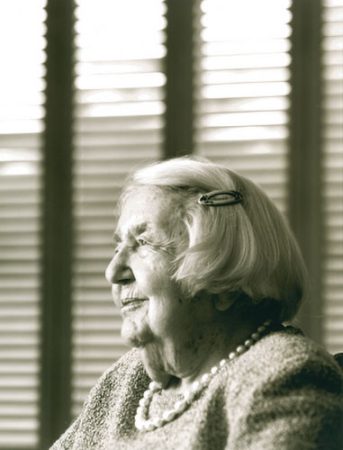
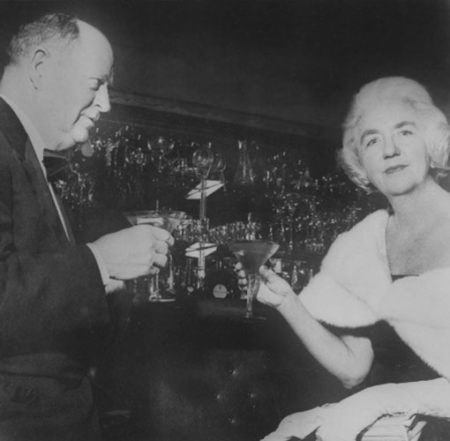
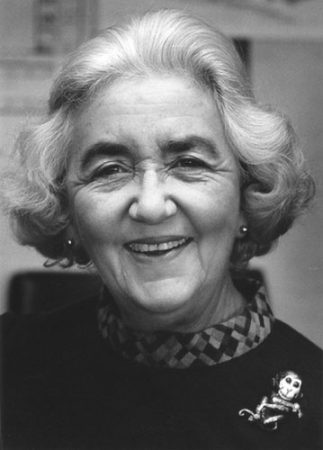
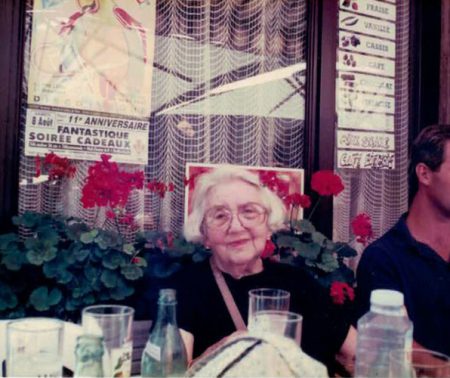
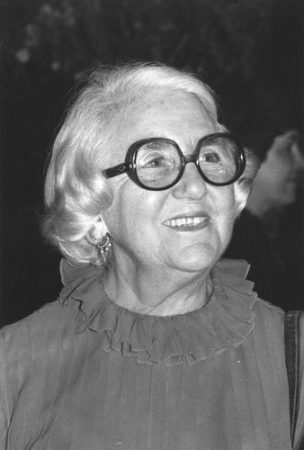
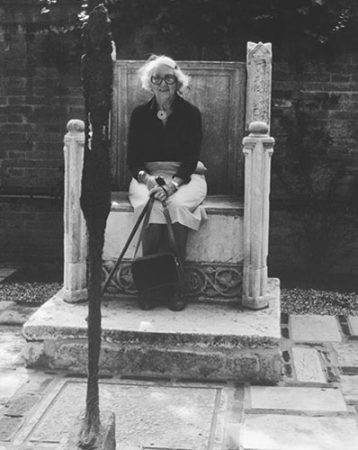
“
Phyllis’ extraordinary generosity and commitment to artistic, educational, and scientific organizations continues to enrich the lives of all of us who live in the San Francisco Bay Area. Phyllis’ contribution to the arts was not only financial. Her leadership, creativity and intelligence were immense gifts in their own right. She was never afraid to take risks on new and innovative art, and her vision helped enable arts organizations to push forward into new ground.”
— Nancy Pelosi, speaking to the House of Representatives in 2002, honoring Phyllis C. Wattis
PHYLLIS C. WATTIS: A PATRON FOR THE ARTS
The Phyllis C. Wattis Foundation operates in honor of the unwavering commitment to the Bay Area embodied by its namesake, Phyllis Cannon Wattis. During her 97 years, Phyllis generously supported a variety of Bay Area causes, but she shared a particular passion for the arts—both fine arts and performing arts. She served on the boards of the San Francisco Museum of Modern Art, The Fine Arts Museums of San Francisco, the San Francisco Symphony and the San Francisco Opera, and proved to be a committed financial and ideological supporter of these organizations. Her vision helped shape the arts community in San Francisco to be one of daring and cutting edge endeavors.
A LEGACY OF GENEROSITY
Mrs. Wattis moved to San Francisco from Utah with her husband Paul in 1937. They raised two children and enjoyed an active life in the community. Paul and Phyllis Wattis established a charitable foundation in 1958, which reflected the varied interests of the donors, including a focus on archaeology and anthropology. In 1973, the foundation made a sizable grant to the California Academy of Sciences to open the “Wattis Hall of Man.” In 1988, after years of supporting a multitude of organizations throughout the Bay Area, Mrs. Wattis made the decision to dissolve the foundation and distribute the assets. On a single day in September 1988, forty Bay Area organizations received collectively $26 million dollars.
A LIFETIME COMMITMENT TO THE ARTS
Her passion for the support of the arts never faded and lives on today throughout the halls of San Francisco’s arts and cultural landmarks. She first became involved with the San Francisco Museum of Modern Art in the 1950’s, and over the decades formed a vision for the institution that centered on making it—in her words—“four stars, worth the detour.”
She was an integral part of the capital campaign which enabled the museum to relocate to its current home on Third Street, a move that has been credited in part with the renaissance of commercial development in the South of Market neighborhood that continues today. Mrs. Wattis was also instrumental in the Museum’s acquisitions of significant 20th century works by artists such as Salvador Dali, Rene Magritte, Marcel Duchamp, Eva Hesse and Robert Rauschenberg. Her leadership and support were also key in the campaign to build the de Young Museum in Golden Gate Park.
Mrs. Wattis’ was also an ardent supporter of the San Francisco Symphony and the San Francisco Symphony Youth Orchestra, faithfully supporting their annual European tour. She helped underwrite the San Francisco Opera’s production of new operas, specifically Tennessee William’s A Streetcar Named Desire and the critically acclaimed Dead Man Walking. Her relationship with the San Francisco Ballet and its school began in 1944 with a contribution that helped underwrite the very first American production of The Nutcracker—now a holiday staple performed all over the country.
A RENEWED FOCUS
After her passing in 2002, the foundation’s work carried on thanks to extended family members and was eventually restructured in 2011. Since that time, Mrs. Wattis’ granddaughter, Carlie Wilmans, has helmed the board of directors alongside her mother and Phyllis’ daughter, Carol Casey, who also sits on the board. Their dedication to honoring Phyllis’ support for the arts remains as strong today as ever. Looking ahead, the foundation is committed to preserving the creative spirit of the Bay Area by supporting local working artists and the organizations that help to promote and sustain their artistic practice.
the PHYLLIS C. WATTIS FOUNDATION
© the Phyllis C. Wattis Foundation
the PHYLLIS C. WATTIS FOUNDATION
© the Phyllis C. Wattis Foundation